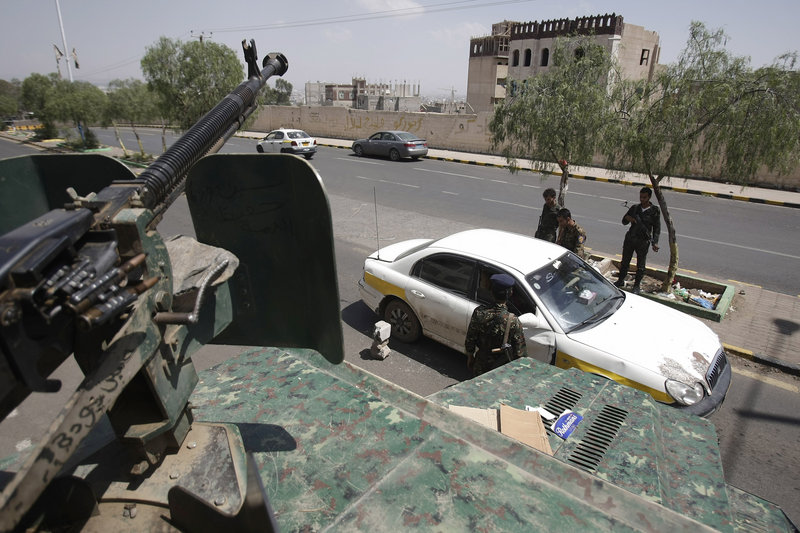WASHINGTON – Al-Qaida fighters have been using secretive chat rooms and encrypted Internet message boards for planning and coordinating attacks — including the threatened if vague plot that U.S. officials say closed 19 diplomatic posts across Africa and the Middle East for more than a week.
It’s highly unlikely that al-Qaida’s top leader, Ayman al-Zawahri, or his chief lieutenant in Yemen, Nasser al-Wahishi, were personally part of the Internet chatter or, given the intense manhunt for both by U.S. spy agencies, that they ever go online or pick up the phone to discuss terror plots, experts say.
But the unspecified call to arms by the al-Qaida leaders, using a multi-layered subterfuge to pass messages from couriers to tech-savvy underlings to attackers, provoked a quick reaction by the U.S. to protect Americans in far-flung corners of the world where the terror network is evolving into regional hubs.
For years, extremists have used online forums to share information and drum up support, and over the past decade they have developed systems that blend encryption programs with anonymity software to hide their tracks. Jihadist technology may now be so sophisticated and secretive, experts say, that many communications avoid detection by National Security Agency programs that were specifically designed to uncover terror plots.
A U.S. intelligence official said the unspecified threat was discussed in an online forum joined by so many jihadist groups that it included a representative from Boko Haram, the Nigerian insurgency that has loose and informal ties to al-Qaida. Two other intelligence officials characterized the threat as more of an alert to get ready to launch potential attacks than a discussion of specific targets.
One of the officials said the threat began with a message from al-Wahishi, head of the Yemen-based al-Qaida in the Arabian Peninsula, to al-Zawahri, who replaced Osama bin Laden as the core al-Qaida leader. The message essentially sought out al-Zawahri’s blessing to launch attacks. Al-Zawahri, in turn, sent out a response that was shared on the secretive online jihadi forum.
All three intelligence officials spoke on condition of anonymity because they were not authorized to discuss the threat.
Rita Katz, director of the Washington-based SITE Intelligence Group that monitors jihadist websites, said it’s all but certain that neither al-Zawahri nor al-Wahishi would communicate directly online or on the phone.
Al-Zawahri’s location is unknown, but he was last believed to be in Pakistan, and al-Wahishi is said to be in Yemen. Given the nearly 2,000 miles between the two men, Katz said it’s most likely they separately composed encrypted messages, saved them on thumb drives, and handed them off to couriers who disseminated them on secure websites.
Bin Laden, who was killed in May 2011, issued his messages in much the same way.
“These guys are not living in a bubble,” said Katz, who has been watching al-Qaida and other jihadi communications for years. “They live in a reality that is facing the American intelligence interception with the best, most advanced technology that can be created. So they always try to find ways to get away from these interceptions to be able to deliver messages.”
Send questions/comments to the editors.



Success. Please wait for the page to reload. If the page does not reload within 5 seconds, please refresh the page.
Enter your email and password to access comments.
Hi, to comment on stories you must . This profile is in addition to your subscription and website login.
Already have a commenting profile? .
Invalid username/password.
Please check your email to confirm and complete your registration.
Only subscribers are eligible to post comments. Please subscribe or login first for digital access. Here’s why.
Use the form below to reset your password. When you've submitted your account email, we will send an email with a reset code.